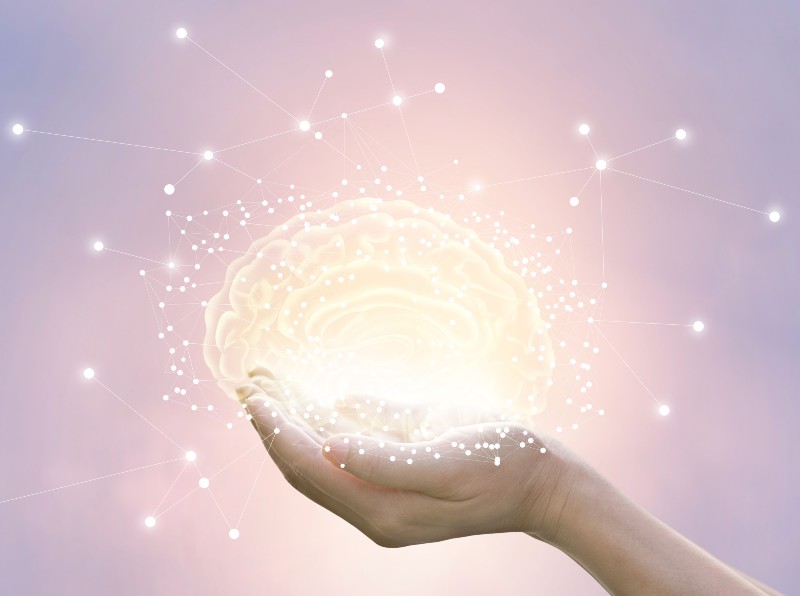

Opportunities for growth abound — but it’s also getting harder to find them, especially in this low-growth world.
One important strategy is to look for potentially disruptive innovation, says Brian Barbetta, managing director and global industry analyst at Wellington Management, who has spent years covering the technology sector.
“Artificial intelligence [AI] and machine learning are the most significant technological changes since the semi-conductor,” he explains. “I think they’re going to redraw sectors and change who the regional leaders are around the world.”
As machines become better at learning — and we get better at teaching them — computers will be able to sort through huge amounts of data to make better decisions. And that will have direct and sometimes dramatic economic consequences.
Online shopping, for example.
Machines that are able to learn about you and your preferences can deliver better service. Platforms like Ali Baba and Amazon will be better able to deliver personalized recommendations based on what you’ve looked at — and even what time of day you looked at it. Amazon is now using reinforcement learning in all its shopper recommendations — that means, its systems are getting better at anticipating what people are going to buy.
Amazon is able to anticipate your purchase 10% of the time. “One out of 10 things it recommends you will buy — which also helps you narrow down what you buy and keep,” Barbetta says.
Screening out bad content
Media is another real-life application for machine learning. YouTube uses it to sort through the 430,000 hours of video posted every day and screen out bad content. AI helps Facebook’s advertisers better target consumers by driving ads to small and select groups of users.
Machine learning can also help with energy consumption. Google has used machine learning to lower its data centre cooling bill by 10%, an example of what this technology could do to reduce loads on national grids.
Barbetta also points to healthcare as a space where AI can make an enormous impact. “Computer programs can diagnose disorders better than doctors,” he says. “If you gave the same physician 100 scans, they’d come up with different diagnoses at different times of day.” Computers, on the other hand, are consistent.
Self-driving cars are a huge and disruptive change. “Companies might be pushing the envelope a bit fast,” he says, “but our kids will grow up never driving.”
In the future, the more data that becomes available, the more opportunities there will be to teach computers to do new things. The outcome will be winners and losers — and a growing need for investors to identify them well ahead of time.
